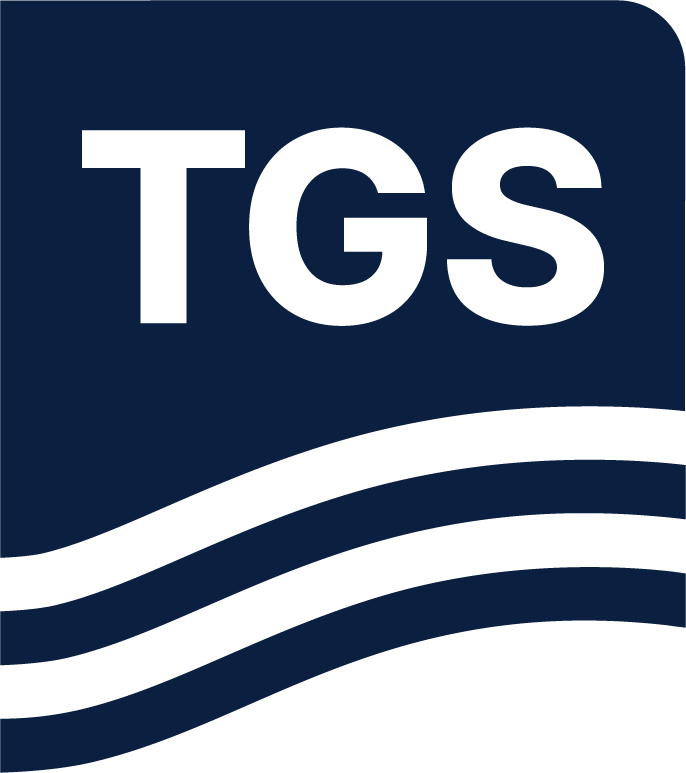Paper Summary
Least-squares imaging of primary reflection can overcome acquisition limitations and recover the reflectivity for desired amplitudes and resolutions (Wang et al., 2013). In shallow water environment, migration of multiples can help improving image quality at water bottom and shallow structure since it broadens the illumination compare to primary. But it also can suffer from strong crosstalk among multiples as well as diminished deep structure for lack of recorded surface multiple energy. Iterative data-domain least-squares migration of total reflection (LSMTR) gets benefit from both primary and all orders of multiple signals available in the data. More beneficially, it also can effectively suppress the crosstalk by iteratively data subtraction and remigration as well as an inversion-based deconvolution imaging condition. It produces a crosstalk free image with balanced contribution from each component including primary and multiples.

